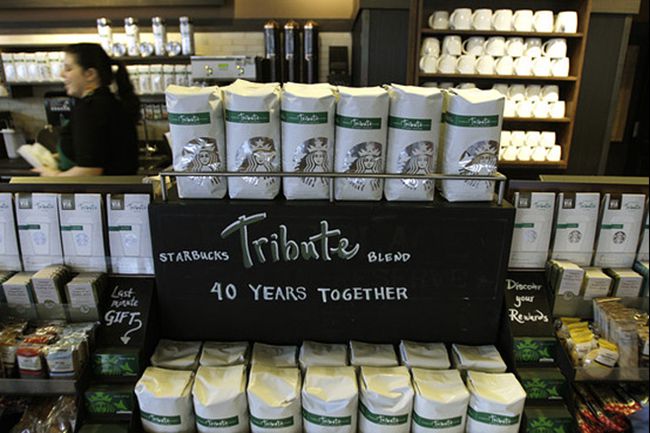Prices are fierce! For many Americans in recent months, the most visceral feeling is that everything is going up.
At several Los Angeles supermarkets, consumers teased Xinhua about local prices: yellow feather chicken rose from $12.99 a pound last year to $16.99, and live crucian carp rose from less than $5 a pound last year to $6.99. Prices for vegetables that used to be plentiful for less than $1 a pound have doubled or multiplied.
Raw materials are rising, and so are the costs of eating out. Mr. Chen, co-owner of Pinyu Restaurant, a Temple City restaurant specializing in Sichuan cuisine, now has a headache buying garlic sprouts for $30 a case, up from $15, and canola oil for $40 a barrel, up from $18. Many sichuan food ingredients from China are hard to find recently. Labor costs are even higher, and waiters and line cooks' salaries have doubled. Mr. Chen said that the restaurant is old customers, food prices can only be fine-tuned, dare not rise, afraid to scare away customers.
Small restaurants are difficult, but so are big supermarkets.

"It's been a difficult year." Says the manager of a big supermarket in SAN Gabriel. Take bottled mineral water as an example. Due to supply chain difficulties, customers can buy less and less bottled water in supermarkets, and the price keeps rising, with an overall increase of 20%.
At costco, the big US supermarket chains have imposed restrictions on purchases of staples such as bottled water and toilet paper amid apparent price rises and a shortage of supplies. Costco chief Financial Officer Richard Galanti said the company had been forced to shift costs because of rising costs, with paper products up 4 percent to 8 percent and plastic and pet products up 5 percent to 11 percent. That means the big supermarket will have to raise prices across the country.
Rising gasoline prices are a sensitive topic for Americans accustomed to driving their own cars. Gasoline prices rose more than 42 percent in September from a year earlier, according to the latest data from the Bureau of Labor Statistics. Los Angeles resident Martin Baker described soaring gas prices as "digging a hole" in his monthly living expenses. House prices have also continued to rise. Rental prices in the nation's 100 largest cities have risen for the past five months in a row, causing residents to complain.
Soaring prices have been reflected in economic indicators. Last week, the BUREAU of Labor Statistics reported that the consumer price index (CPI) rose 0.4% in September from the previous month and 5.4% from a year earlier, the fifth consecutive month that the year-on-year increase exceeded 5%. Many professionals in the United States have used the term "inflation crisis" to describe the current price rise.
Unloading bottlenecks at ports have been blamed for America's supply chain woes. In an effort to improve the number of ships waiting to be unloaded outside their ports, the U.S. government is requiring the ports of Los Angeles and Long Beach to "work around the clock" to unload the cargo that has accumulated on ships at the surface. But even with 24-hour shipments, analysts say the vast majority of small and medium-sized merchants, apart from big companies such as Costco and Wal-Mart, do not have the capacity to pick up goods around the clock.

Los Angeles County indastree city, a large logistics company head told reporters that the supply chain crisis is complex, not only the port is too slow to lead to unloading. At present, businesses are stocking up for the holiday shopping season, and the market demand is "overflowing". Coupled with the shortage of manpower during the epidemic, many logistics enterprises are suffering from "labor shortage", which further aggravates the problems of prolonged transportation time and rising costs. Although merchants and logistics companies are trying to absorb some of the costs, some of the pressure will still be passed on to consumers, resulting in higher prices, the official said.
While the U.S. government calls the current situation "temporary," many economists believe the high prices could persist into the next year or two, or even set off a "wage and price spiral" that would hit low - and middle-income Americans hard.




